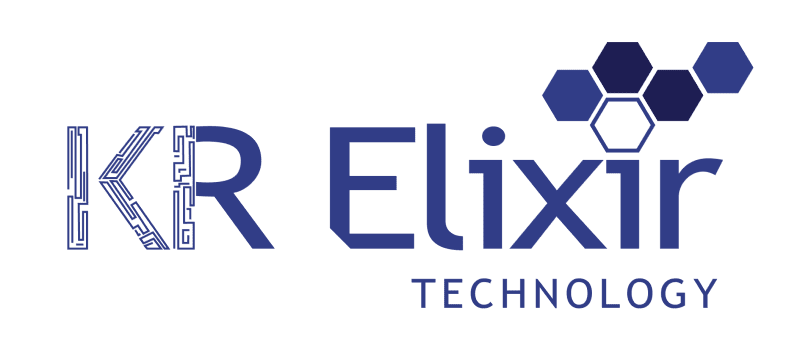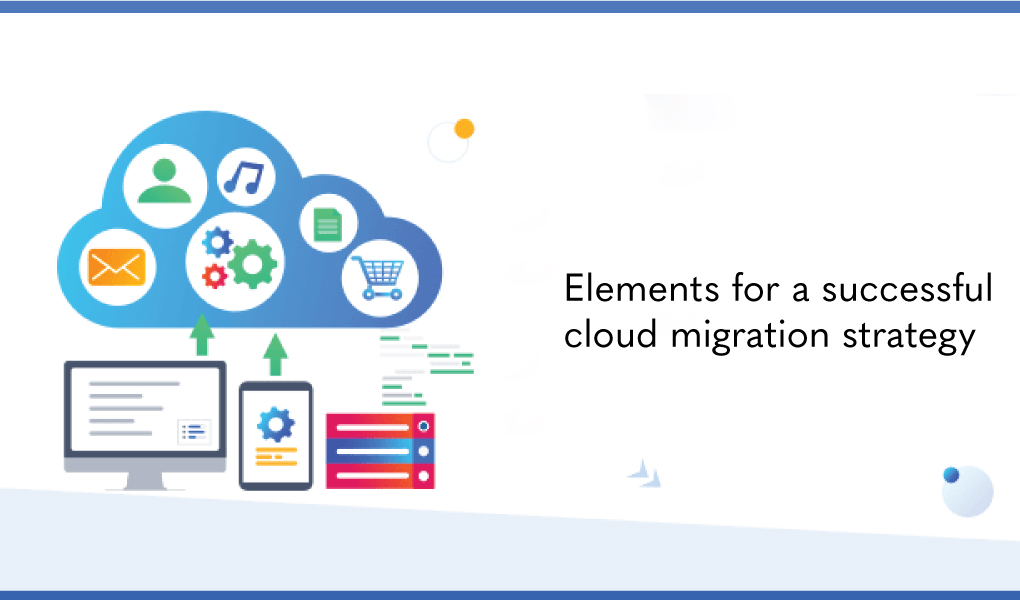Selling through the latest subscription, consumption, and platform norm
The distribution sector is going through major changes. Budgets are being compressed,
extreme labor shortages and supply chains are getting affected. Similarly, the distribution
industry is adapting at lightning speed to be competitive in the market. With the changing
trends, any small-to-medium-sized distribution company’s long-term growth strategy should
use Enterprise Resource Planning (ERP) systems which lets a distribution company get a
360-degree view of the business, getting together sales, inventory, marketing, finance, and
more. They’ve become an integral part of the digitalization of distribution.
Many distributors have already started using an ERP system in the workflow. But growth-
minded companies have turned their focus to the advantages of adopting cloud-based ERP
software. Moving beyond the basic ability of an ERP software package, the cloud can give a
company clear competitive advantages in the market. Learn how to find the right cloud-based
ERP software for the company.
Let’s take a look at the three vital reasons that manage the migration to the cloud
1. Reduction in costs
By moving to the cloud all operational costs are reduced while refining their IT processes.
This includes reducing costs linked to logistics, facilities, procurements, and other issues
cropping up due to unexpected situations. One generally pays for what is used by them on the
cloud, getting way out of the need to maintain expensive data centers, with the critical
information available in the cloud space.
2. Logistics and procurement issues are easily dealt with
Always having on-premise data centers needs constant maintenance of the latest software and
the hardware it resides on, including compatibility and upgrades requirements. Planning
includes the procurement of various physical computing components that are gone away with
the cloud.
3. Industries’ IT apps and software turning Software-as-a-Service (SaaS) oriented:
Many industries are turning service-oriented by using IT apps and software. Resulting in
companies investing in a part of the software they want making it easy to use the cloud
instead of purchasing the entire software. For example, invoicing, sales, and GST are a few
apps that are easily managed in the cloud environment. MS Office software can also be
operated from anywhere, anytime easily by signing in.
CONCLUSION
With the continuous increase in demand for cloud, experts say, the cloud will allow a multi-
cloud model with not only the use of multiple clouds but also dividing the individual
workload parts across multiple cloud platforms in different locations. The whole environment
and its entire infrastructure will be handled as a single, logical cloud. The Technologist team
has healthy relationships with top cloud providers and stays with the latest public cloud
space.





